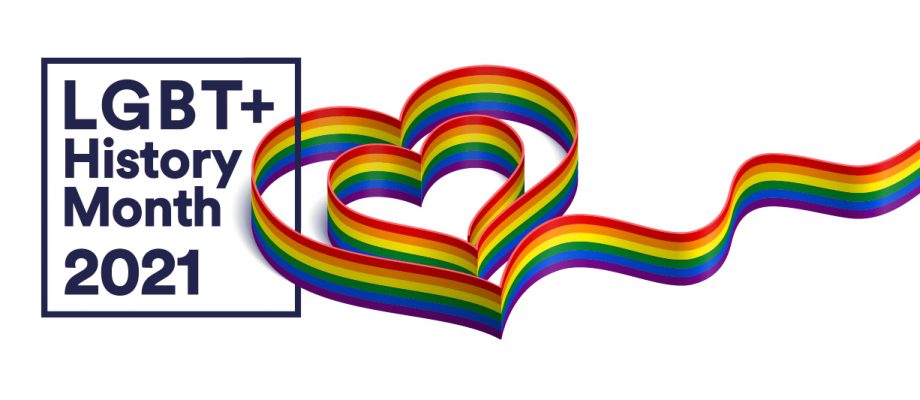February 26, 2021, by School of Medicine
30 at 30: Transforming Healthcare: HIV

Russell T Davies’ Channel 4 dramatization “It’s a Sin!” takes us back to the early 1980s when HIV was beginning to impact on the United Kingdom and the rest of the world. As a student nurse during these times, it brought back many memories of the early days of the virus and the confusion and misunderstandings that took place both within healthcare and within wider society. Whilst thought to be more historical in nature, most reports began in 1981 with the identification of Pneumocystis carinii pneumonia and an aggressive form of cancer, Kaposi’s sarcoma, being identified in previously healthy young gay men. In 1982 another group of young gay men presented with severe immunodeficiency, which was believed to be sexual in nature leading to the term Gay-Related Immunodeficiency Disease. In the same year in Africa, Uganda reported a fasting disease that was occurring in individuals and it was termed ‘slim’. In the US the Centre for Disease Control believed these to be similar in approach and coined the term Acquired Immune Deficiency Syndrome or AIDS to explain the variety of symptoms that appeared to be linking the diseases together. In 1983 the Pasteur Institute in France discovered a new retrovirus that they believed could be the cause of AIDS called Lymphadenopathy-Associated Virus (LAV) and a year later the National Cancer Institute announced they had found the cause of AIDS to be a retrovirus named HTLV-lll. In a joint statement in 1984 both Institutes agreed that LAV and HTLV-lll were the same retrovirus and two years later the International Committee on the Taxonomy of Viruses stated that the virus will now be known as Human Immunodeficiency Virus or HIV.
The nursing and medical treatment of individuals of HIV in these early times was a response to the symptoms that individuals presented with. Unfortunately, many found their immune system so deficient that they lost their lives and staff provided excellent end of life care, changing much in the end of life care landscape. Patients with HIV became pioneers for others who came after them and volunteered to undertake early drug and treatment trials without any full understanding of whether they were going to be effective. These trials could sometimes be painful or exacerbate their symptoms as researchers attempted to find the best ways to cure the disease. Nurses started to expand their knowledge of care and took risks with their patients to ensure their final days of life were full of compassion, caring and love. It was not unusual to see HIV care being provided by staff without uniforms to help reduce the barriers between the patient and the nursing staff. Nursing and Medical Staff also encouraged patients to explore their bucket lists as much as possible. Jane Bruton, a ward sister on a HIV ward in London at the time, tells how she supported a patient to ride on the back of a motorcycle despite him being sick and dying a few days afterwards because it was one of his strongest desires (YouTube: AIDS: Doctors and Nurses tell their Stories 2017).
The introduction of antiretroviral therapies began to change the landscape of HIV as numbers continued to grow and, as more medications became available, combined treatments or Highly Active Antiretroviral therapies started to have a more positive effect on maintaining the health of individuals, allowing longer life expectancies and reduced episodes of accompanying ill health. As therapies and regimes became more sophisticated, an announcement in 2008 by a group of Swiss Physicians made the world start to consider HIV in a different light. They announced that someone on antiretroviral therapies, who maintained an undetectable viral load for six months and who engaged with health care could not transmit the virus to another person. Nearly 10 years later, organisations across the world endorsed the message that Undetectable = Untransmissible (U=U). This anti-stigma slogan has become the statement of HIV care and yet there are still individuals who are unaware of its meaning or existence. In a recent THT survey, they found that only 19% of the population were aware of U=U and what it means.
In the United Kingdom, new transmissions of HIV have begun to decrease. According to Public Health England at the end of 2019 there was a 40% decrease in transmissions among men who have sex with men and a 33% reduction in transmission among individuals who engaged in heterosexual sex. HIV is now considered a long-term condition and nursing staff focus their care on health maintenance and health prevention activities, exploring the impact of health inequalities on their clients.
Over this period, I have been fortunate to serve as an active member of the National Association of HIV Nurses. Our development of research, education and clinical practice for nurses caring for people with HIV has changed focus to meet the continuing transformation of this speciality and those individuals we support. I am extremely grateful to the clients I have met along my journey in HIV care and their willingness to better the care and experiences of those coming after them. I am also proud to say that I worked alongside some of the most prominent nurses, doctors and other health professionals in HIV care in the United Kingdom and other parts of the world. I look forward with hope and enthusiasm to the future of HIV nursing and medicine to see where we can take it from here. This virus, and its effects on people, has definitely led to a transformation in healthcare that is still taking place.
By John McLuskey, Associate Professor/ Director of Undergraduate Education, School of Health Sciences
No comments yet, fill out a comment to be the first

Leave a Reply